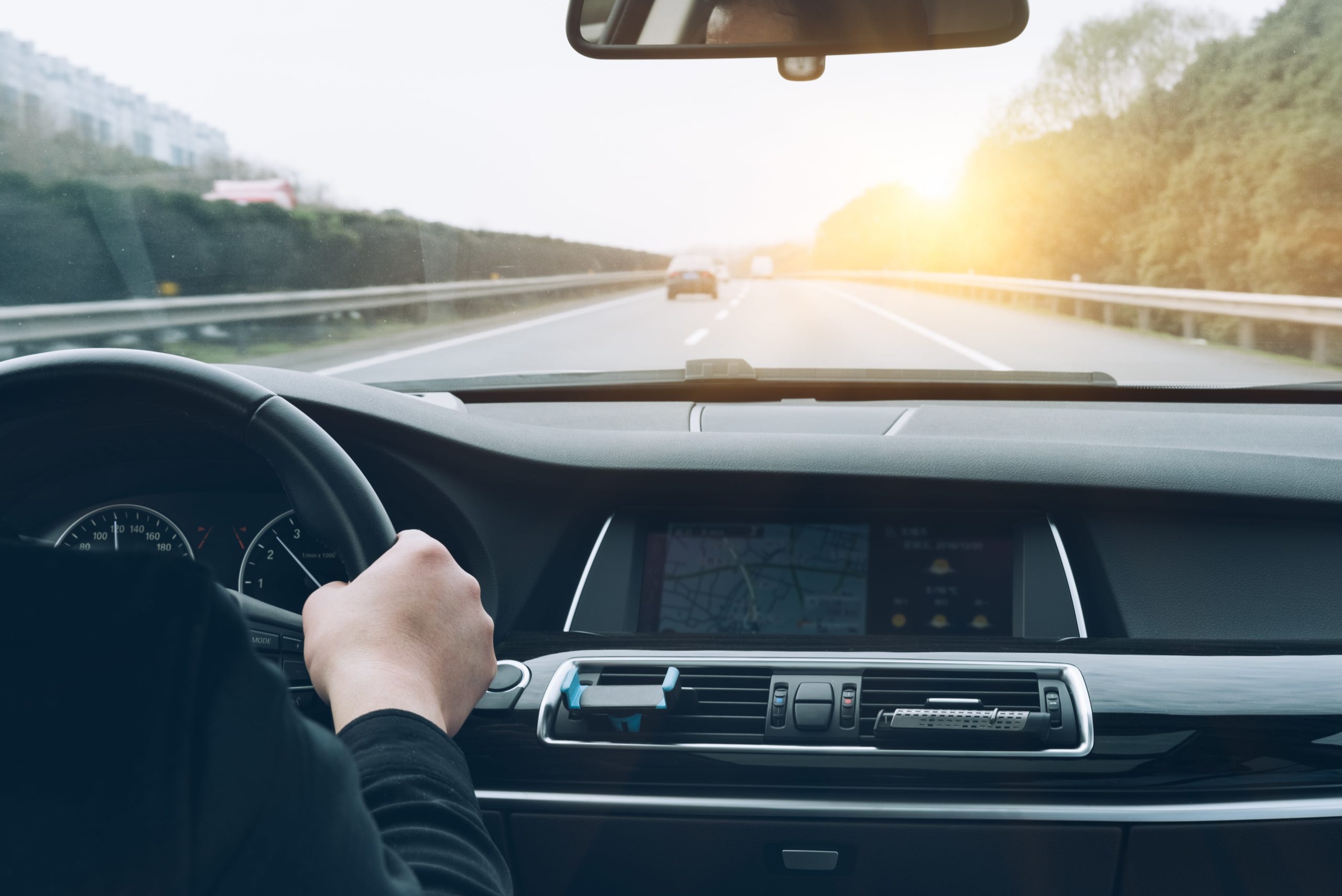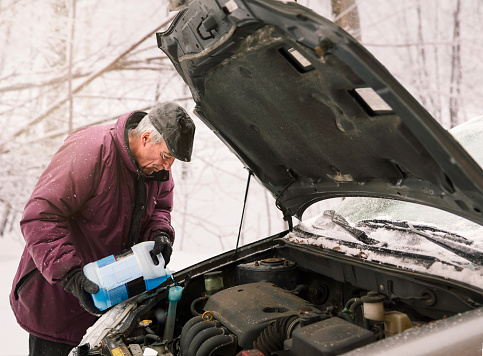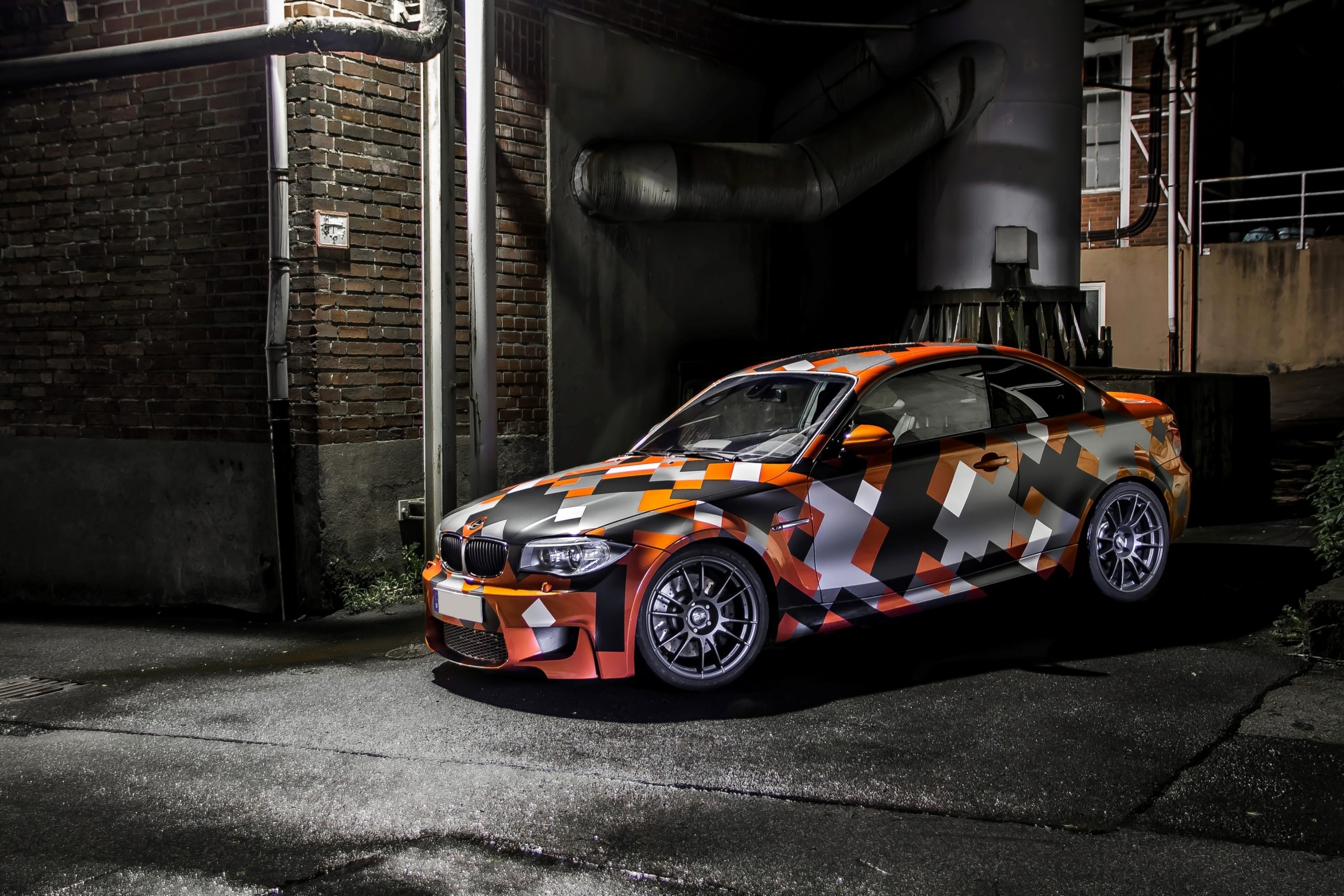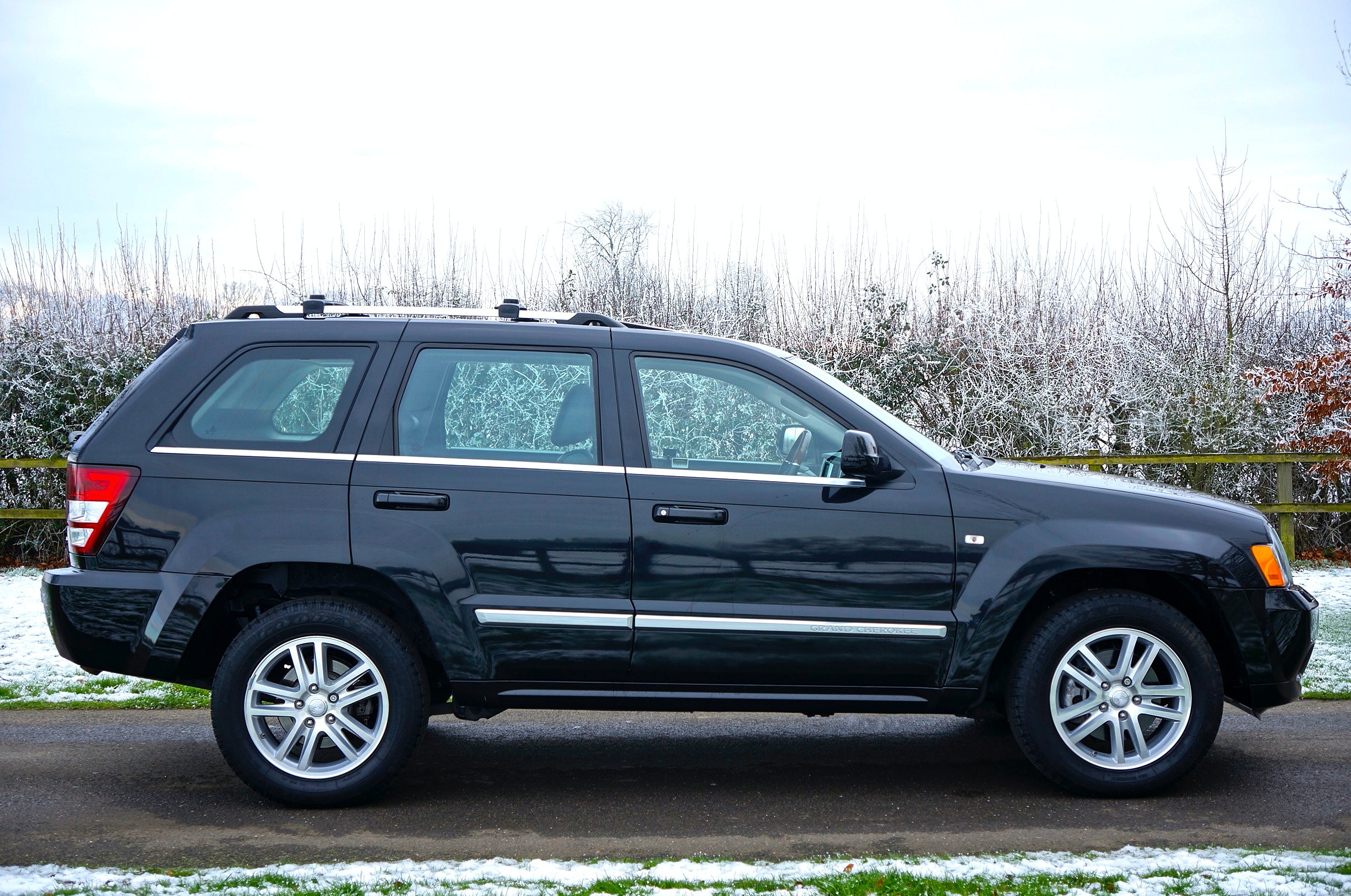The timeline of next-generation automated cars starts when Tesla came up with the concept of a self-driven car, which was fully automated. Japanese automobile manufacturers did not realize the big opportunity and remained passive for some time. Google saw the potential of the new automated cars and quickly jumped into the bandwagon of the driverless car. With a lot of setbacks, learning, and improvement, today we stand in a world where big giants have entered the league of bringing next generated automated cars to life.
The Beginning Reservations
As the people were concerned about the safety and well-being of passengers in the car, so the concept faced backlash. The fully automated car was a threat to the other drivers and passengers on the road. Although the machine is free from human error, in 2009 it is not the smart technology that can solve the problem on the go. There were many hurdles while testing the car and when the cars came on the road it was closely scrutinized. The goal of being an everyday commute is not achieved yet.
The New Technology Value Addition
Machine Learning (ML), Artificial Intelligence (AI), and the Internet of Things (IoT) now changing the face of technology; manufacturing of a different scale automated cars has started. The smart learning machines that can give a tough time to human brains are being introduced. A system that drives a car without human support is the new replacement of the initial driving assistance smart sensors in the car . Safety still being the concern, the progress of technology with trial and error is speeding up.
Japanese Auto-Giants Progress So Far
Many automobile companies are investing in next-generation automated cars and in Japanese car manufacturing. Toyota and Honda are its true example. Toyota felt the need to pace up with the world in 2015 and invested in Toyota Research Institute to develop robotics and AI technology. In 2019 they collaborated with NVIDIA’s technology to make safe autonomous vehicles.
Honda, on the other hand, announced its potential collaboration with Google’s Parent Company Alphabet to include its Waymo self-driving technology in their vehicles. It was the year 2016 but within 2 years in 2018 they ended up on the difference of working.
Verdict
Japan has a history of working on being self-sufficient in whatever they do and sticking strong on their values. So we hope that it does not come in the way of pacing with the world in the future. For now, taking the visionary company Tesla, it is also not able to achieve its goal 2020 of making automated cars autonomous. As there have been legal issues, safety concerns, and technology not performing to the expectation that has come in the way. But the moment anyone does it new ways will open. To survive today the need for research back fast decisions is there. We hope the conglomerate of the automotive industry grows together at that time.




